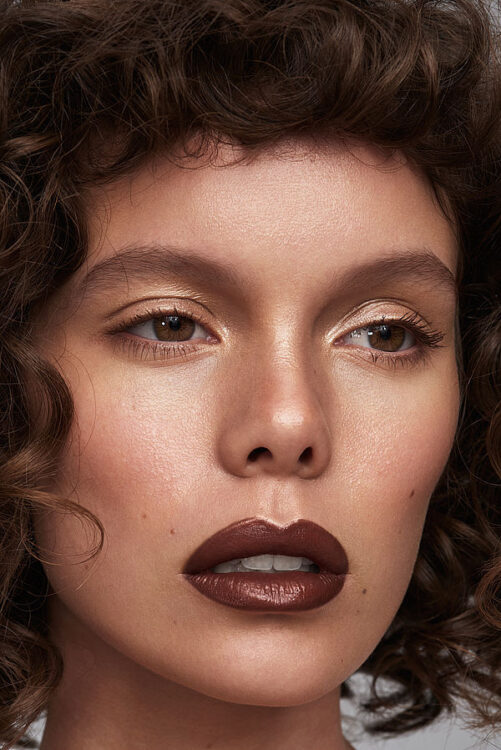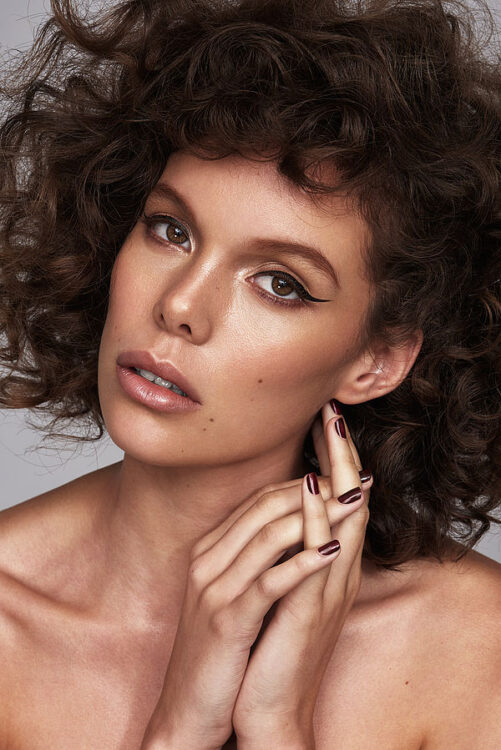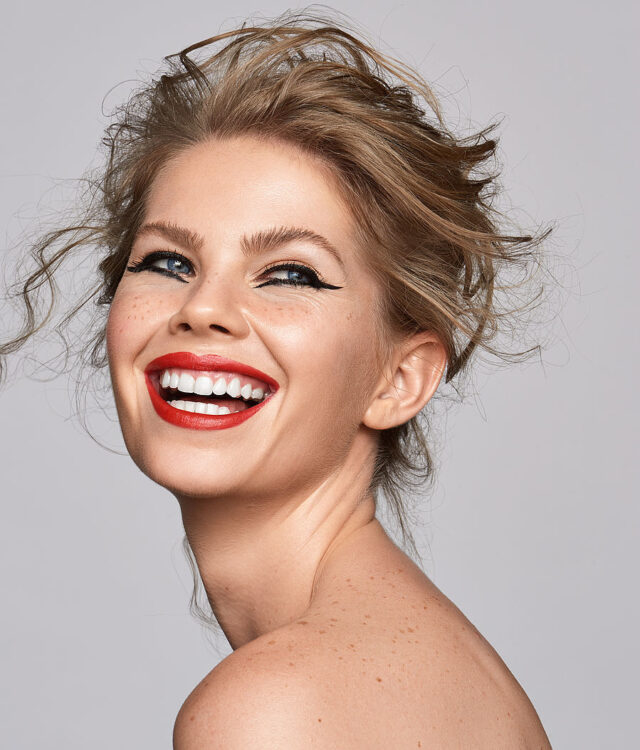
The use of indirect lighting has become quite popular among photographers in the past year. Many photographers and clients have grown tired of the direct flashed photography look that we are all so familiar with and have opted for more real and natural looking lighting alternatives.
Direct lighting in flash photography is any kind of light that has a direct source and is pointed towards the subject. If the flash tube in a light faces your model or subject, it usually means it is direct light. Your main light source is your light source when working with direct lighting. Direct lighting can be hard or soft. Most modifiers like softboxes and octaboxes are still considered direct light. They are just bigger sources of light.
When it comes to indirect lighting, your light still reaches your subject, but it does so by other means. Indirect lighting in flash photography is usually any light bounced or light reflecting off areas around your subject. In most cases, your flash head never points towards the model. The flash head is not the main light source. Modifiers like the Para’s are also considered indirect light sources as they are specifically designed to reflect light. If you, however, use the Para with a full silk over it you are ultimately turning it into a kind of direct light source.
Indirect lighting isn’t something I’m familiar with, so I decided to start experimenting and incorporating it into more of my beauty work. This shoot is my first attempt at slowly but surely easing into working with indirect lighting.

For this setup I built a 12x12 frame with white reflective material covering it. The 12x12 became my main light source and was placed at a 70°/80° angle to the floor. I used two broncolor Pulso G 3200 heads with P65 reflectors attached and I paired it on separate Scoro 3200 S packs the ceiling was quite low, so low in fact that the 12x12 touched from floor to ceiling. I directed the P65’s towards the top 1/3 area of the 12x12 so that some light would also spill and bounce from the ceiling.

I placed a Pulso G 3200 with the broncolor Flooter paired on the same pack as one of the P65’s. It was placed camera right almost at eye level with the model. I didn’t want to make any visible shadows on the face. The broncolor Flooter was used as a low power fill light that added more texture, contrast, and highlights in the skin. I used a Siros 800 S with a P70 covered with a white silk as a catchlight for the eyes. This light was placed at a low angle slightly lower than the subject’s face. On the last shot, I increased the power of the Flooter slightly to create more shadows under the chin.

I used two black polly boards placed on either side of the model to subtract any light that was bouncing on the walls. On the last image, I placed the polly boards slightly behind the model with the white side angled towards the model’s back. This just bounced some more light onto the left side of the face.
A combination of direct and indirect lighting can yield beautiful editorial looking results. The indirect light bouncing off the 12x12 creates a beautiful soft spread of light, lighting the subject evenly and highlighting her strong features. No details are lost. The broncolor Flooter brings out the texture in the skin while the P70 adds some sparkle and life in the subject’s eye.







